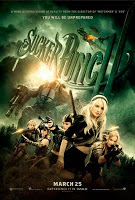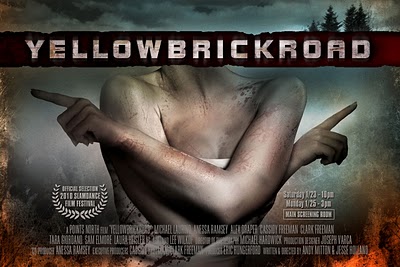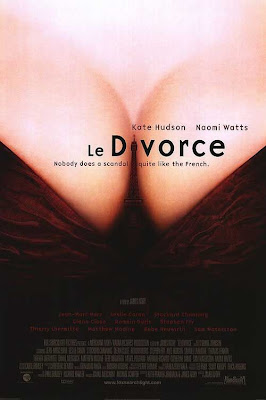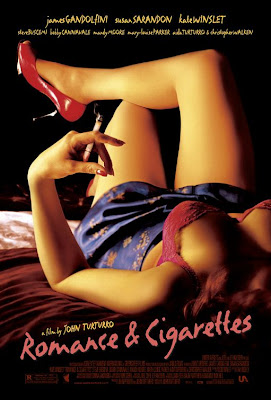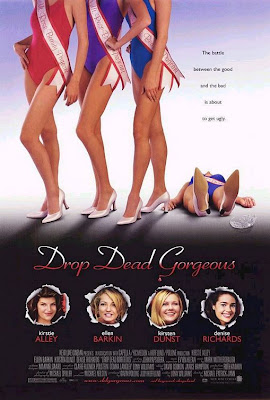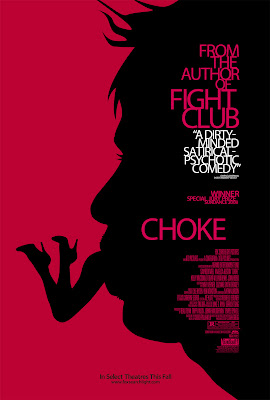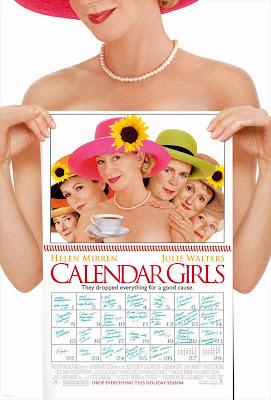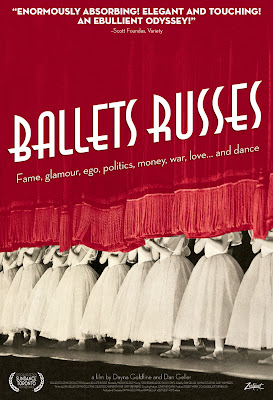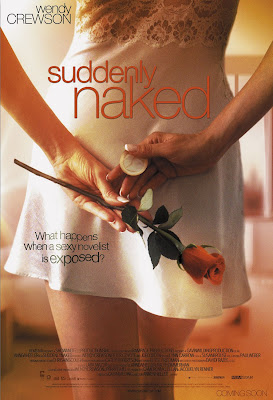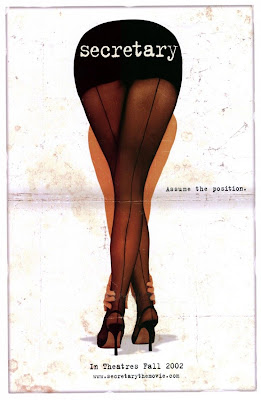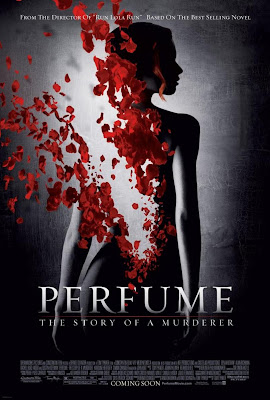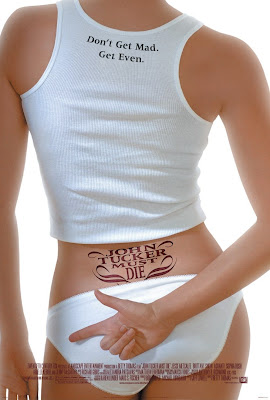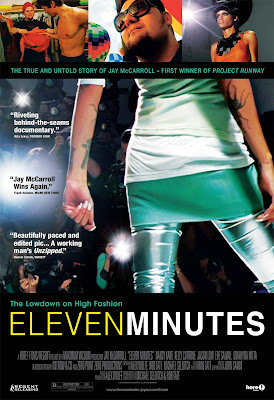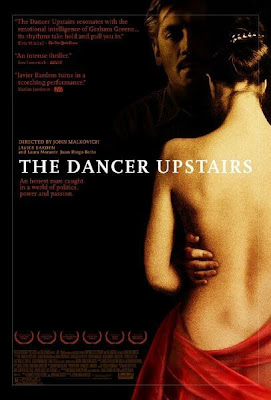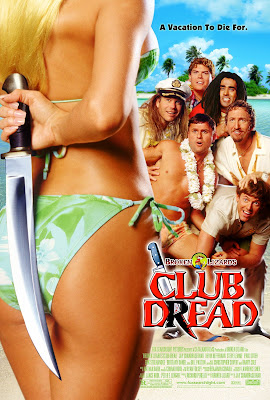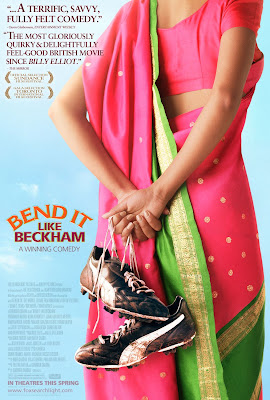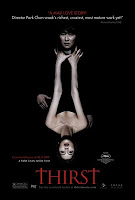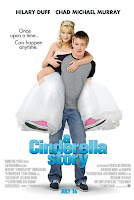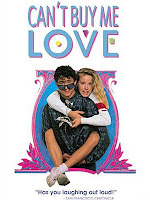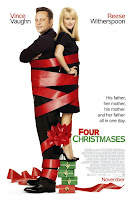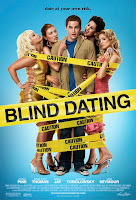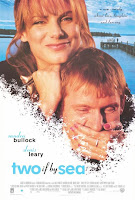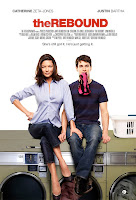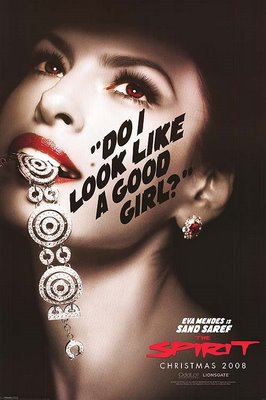This guest post by Marina DelVecchio also appears at Marinagraphy.
In the past year, directors have been trying to feed our womanist pangs for more girl power in films. At least this is how I see the trend. Because as a woman and a mother, I want to see movies that represent my gender as empowered, important, and intelligent. I want to see them as real and as true and valued members of society. I want to have faith in humanity—in this world, even though it is still centered on patriarchal values and systems that perpetuate the notion that a woman is necessary only in her sexuality—her ability to bring a man to his knees with the want of her. But this is not a real woman. She does exist, but she does not represent women like me—late 30s to early 40s, a mother and educator, struggling to cast out the voices that tell her she is nothing, old, and imperfect if she doesn’t fit the role patriarchy has assigned her. I want to see movies that show me what power feels like—the kind of power that is accessible to me and my daughter—normal women in a normal and imperfect world. The last few months have found me thinking about the female characters depicted in films and how much power they really have. Here they are:
 Sucker Punch
Sucker Punch (directed by Zack Snyder) left me with a knotted feeling in my stomach, as well as with conflicted emotions. I loved the idea of a character escaping her reality of abuse and institutionalization by folding within herself and locating a place of refuge deep in her subconscious. Whatever was happening to her body in real life, her mind was not aware of it because she was in another realm—a more powerful one. I didn’t like that she escaped the reality of a mental institution and an impending lobotomy into a brothel where the girls were being sold off to men. A girl would not escape to this kind of world out of choice, even if she knew she was going to be lobotomized at the end of her journey. And to suggest that sex-trafficking is better than a lobotomy is insane in itself—lobotomize me any day of the week. To have her find refuge into a brothel was definitely an attempt at appeasing the men in the audience of this film. It would not appeal to women. What did appeal to me was that I did not have to watch this beautiful girl
gyrate and dance provocatively in order to seduce the highest paying john—who of course, is an old, fat, cigar-smoking and money-padded man with power and political standing.
I loved that she escaped that kind of self-selling image of provocateur to land in a fantasy world wherein she wielded machine guns and knives with natural expertise, power kicks and punches that never missed, and a confidence that all people should have—and all young girls and women should possess. In this fantasy world, she kicked ass, but again, to appeal to the men she had to be called “Baby Doll,” (which brings up the image of a hot red or pure white negligee, depending on the individual man’s fantasy), and she had to look like a little girl in Prep school uniform complete with short skirt and below-the-curve-of-her-busty-bust-shirt. She had to be sweet, sexy, and powerful at the same time—and perhaps because of this—because we cannot seem to have a heroine who is powerful without being sweet (innocent girl) and sexy (slutty siren) at the same time—because we cannot have a heroine who is just powerful, just dominant, and who is not expected to appeal to men’s desires in any way—then Baby Doll (
Emily Browning) just doesn’t cut it as a strong female character—and
Sucker Punch doesn’t fit the bill of a good, strong, and powerful representation of Girl Power. When the female character has to appeal to men’s sexual yearnings to achieve power, she fails to be powerful.

In contrast, I was pleasantly surprised with
Hanna, (directed by Joe Wright), which just came out. 16-years-old, Hanna (
Saoirse Ronan) is raised by her father, an ex-CIA operative who has taught her everything she knows. We first meet her in the wild forests of Finland, very unsexy, un-pretty, and completely covered in layers. And we find her hunting with a bow and arrow, sprinting after her prey, killing it, and then gutting it with her bare hands. So unsexy, and yet so powerful. A small girl, she is smart, fast, and logical.
But there is one problem—she is not normal—she is a genetically engineered girl who was part of a CIA project to build perfect soldiers from birth. And because she is this kind of “soldier,” she is not someone we can relate to in any way. Her skills were not simply developed with the aid of her father; they were made possible because of the genetic modifications that had been made to her while she was still in her mother’s uterus. She was born a soldier, not developed into one, and this reality makes her an unreal hero—at least to me. If she had been a normal little girl, then all the skills she had learned would mean something—maybe that all girls can achieve this kind of mental discipline, this kind of physical prowess—but this message disappears when we learn about her origins. Still, I loved this movie, and as a heroine, Hanna is very powerful compared to Baby Doll. In addition, Cate Blanchett’s character, although the villain in this film, is strong also in her tailored shin length skirts and suits jackets, sporting a short bob haircut, and toting a gun or two or three. The women characters in this movie were quite compelling, including the mother she encounters on her journey, who refuses to wear makeup because she considers it to be dishonest. I’d like to read her story.

Which brings us to
Winter’s Bone. I rented this movie one Saturday night, and although it has been criticized for its stark and depressing mood, it is real, gutsy, and a true feminist—womanist—girl power-ish film, lacking in pretensions, sexism, or glamor. 17-year-old Ree Dolly (
Jennifer Lawrence) is a real-life girl in the real world, born into the “patriarchal male honor culture of the Missouri Ozarks” (
James Bowman, 2010), who feeds her siblings squirrels, and
teaches her brother how to hunt, kill, skin, and make a meal of it—all lessons a father would teach to his son. But he’s not around. Part of this culture highlighted by drugs and murder, he is missing; her mother is mentally depressed and useless; and Ree is left to tend to her younger siblings and make sure their house isn’t taken away from them. She is cajoled, lied to, threatened, beaten by men and other women in this clan, and she faces the reality of her real-life responsibilities with quiet fortitude. Accepting the fact that her father is dead, it is left up to this girl to find proof of his death in order to keep her parents’ house from being taken away and leaving her and her mother and siblings homeless. She puts her life in danger to accomplish her goal, and she also gives up her dream of escaping this kind of corrupt life by joining the army and making something better of herself and her future. She is able to save her house and family, through sheer nerve and guts, alone, and for this, she is a true hero—a
real life heroine that we can feel confident in advocating as strong.
There is no guile to her—no sex—just smarts and courage—which is more of what I would like to see in movies and their portrayal of women and young girls. Not surprisingly, this is the only movie of the three mentioned directed by a woman,
Debra Granik. Although she adapted the film from a novel written by a man, Daniel Woodrell, Granik gave us the kind of heroine that we need; a heroine who fights for decency and justice, and who does not use her sex or appeal to men’s sexual desires to attain that which she is in need of. We need less of
Sucker Punch and
Mean Girls; less of
Charlie’s Angels and
Sin City. But we do need more of Ree Dolly’s. So many more. So bring them.
How about you? What film heroine kicks ass for you—preferably a non-sexualized, eroticized, or generated-for-male-consumption heroine?
Marina DelVecchio is a writer and a College Instructor. She has a BA in English Literature, an MS in English and Secondary Education and has completed thirty credits towards a Doctorate in Feminist Theory, Rhetoric and Composititon and 19th century Women Writers. Originally from New York, she began teaching on the High School level and then moved up to the College level in 2005. She presently teaches English Composition, Research, and Literature at a local Community College in North Carolina.
 Sucker Punch (directed by Zack Snyder) left me with a knotted feeling in my stomach, as well as with conflicted emotions. I loved the idea of a character escaping her reality of abuse and institutionalization by folding within herself and locating a place of refuge deep in her subconscious. Whatever was happening to her body in real life, her mind was not aware of it because she was in another realm—a more powerful one. I didn’t like that she escaped the reality of a mental institution and an impending lobotomy into a brothel where the girls were being sold off to men. A girl would not escape to this kind of world out of choice, even if she knew she was going to be lobotomized at the end of her journey. And to suggest that sex-trafficking is better than a lobotomy is insane in itself—lobotomize me any day of the week. To have her find refuge into a brothel was definitely an attempt at appeasing the men in the audience of this film. It would not appeal to women. What did appeal to me was that I did not have to watch this beautiful girl gyrate and dance provocatively in order to seduce the highest paying john—who of course, is an old, fat, cigar-smoking and money-padded man with power and political standing.
Sucker Punch (directed by Zack Snyder) left me with a knotted feeling in my stomach, as well as with conflicted emotions. I loved the idea of a character escaping her reality of abuse and institutionalization by folding within herself and locating a place of refuge deep in her subconscious. Whatever was happening to her body in real life, her mind was not aware of it because she was in another realm—a more powerful one. I didn’t like that she escaped the reality of a mental institution and an impending lobotomy into a brothel where the girls were being sold off to men. A girl would not escape to this kind of world out of choice, even if she knew she was going to be lobotomized at the end of her journey. And to suggest that sex-trafficking is better than a lobotomy is insane in itself—lobotomize me any day of the week. To have her find refuge into a brothel was definitely an attempt at appeasing the men in the audience of this film. It would not appeal to women. What did appeal to me was that I did not have to watch this beautiful girl gyrate and dance provocatively in order to seduce the highest paying john—who of course, is an old, fat, cigar-smoking and money-padded man with power and political standing.  In contrast, I was pleasantly surprised with Hanna, (directed by Joe Wright), which just came out. 16-years-old, Hanna (Saoirse Ronan) is raised by her father, an ex-CIA operative who has taught her everything she knows. We first meet her in the wild forests of Finland, very unsexy, un-pretty, and completely covered in layers. And we find her hunting with a bow and arrow, sprinting after her prey, killing it, and then gutting it with her bare hands. So unsexy, and yet so powerful. A small girl, she is smart, fast, and logical.
In contrast, I was pleasantly surprised with Hanna, (directed by Joe Wright), which just came out. 16-years-old, Hanna (Saoirse Ronan) is raised by her father, an ex-CIA operative who has taught her everything she knows. We first meet her in the wild forests of Finland, very unsexy, un-pretty, and completely covered in layers. And we find her hunting with a bow and arrow, sprinting after her prey, killing it, and then gutting it with her bare hands. So unsexy, and yet so powerful. A small girl, she is smart, fast, and logical.  Which brings us to Winter’s Bone. I rented this movie one Saturday night, and although it has been criticized for its stark and depressing mood, it is real, gutsy, and a true feminist—womanist—girl power-ish film, lacking in pretensions, sexism, or glamor. 17-year-old Ree Dolly (Jennifer Lawrence) is a real-life girl in the real world, born into the “patriarchal male honor culture of the Missouri Ozarks” (James Bowman, 2010), who feeds her siblings squirrels, and teaches her brother how to hunt, kill, skin, and make a meal of it—all lessons a father would teach to his son. But he’s not around. Part of this culture highlighted by drugs and murder, he is missing; her mother is mentally depressed and useless; and Ree is left to tend to her younger siblings and make sure their house isn’t taken away from them. She is cajoled, lied to, threatened, beaten by men and other women in this clan, and she faces the reality of her real-life responsibilities with quiet fortitude. Accepting the fact that her father is dead, it is left up to this girl to find proof of his death in order to keep her parents’ house from being taken away and leaving her and her mother and siblings homeless. She puts her life in danger to accomplish her goal, and she also gives up her dream of escaping this kind of corrupt life by joining the army and making something better of herself and her future. She is able to save her house and family, through sheer nerve and guts, alone, and for this, she is a true hero—a real life heroine that we can feel confident in advocating as strong.
Which brings us to Winter’s Bone. I rented this movie one Saturday night, and although it has been criticized for its stark and depressing mood, it is real, gutsy, and a true feminist—womanist—girl power-ish film, lacking in pretensions, sexism, or glamor. 17-year-old Ree Dolly (Jennifer Lawrence) is a real-life girl in the real world, born into the “patriarchal male honor culture of the Missouri Ozarks” (James Bowman, 2010), who feeds her siblings squirrels, and teaches her brother how to hunt, kill, skin, and make a meal of it—all lessons a father would teach to his son. But he’s not around. Part of this culture highlighted by drugs and murder, he is missing; her mother is mentally depressed and useless; and Ree is left to tend to her younger siblings and make sure their house isn’t taken away from them. She is cajoled, lied to, threatened, beaten by men and other women in this clan, and she faces the reality of her real-life responsibilities with quiet fortitude. Accepting the fact that her father is dead, it is left up to this girl to find proof of his death in order to keep her parents’ house from being taken away and leaving her and her mother and siblings homeless. She puts her life in danger to accomplish her goal, and she also gives up her dream of escaping this kind of corrupt life by joining the army and making something better of herself and her future. She is able to save her house and family, through sheer nerve and guts, alone, and for this, she is a true hero—a real life heroine that we can feel confident in advocating as strong. 